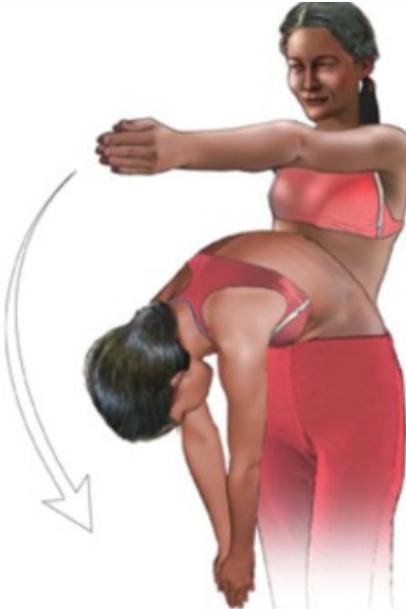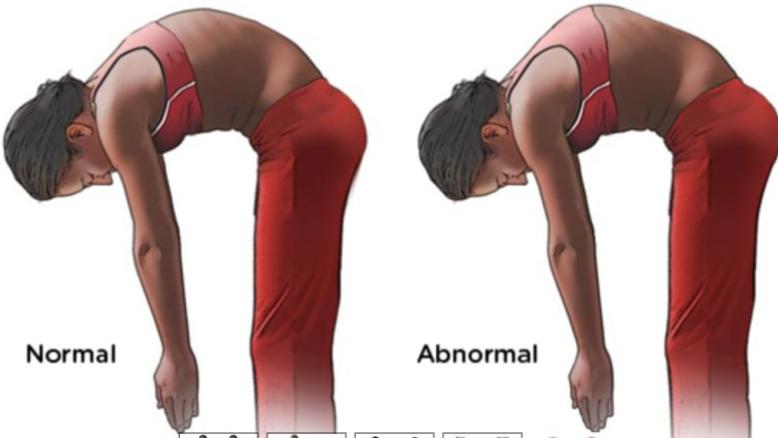Examination of the Back and Neurological Lower Limbs
Prof. Mamoun Kremli
Orthopedic Examination System
The systematic approach to examination includes:
- Look
- Feel
- Move
- Special tests
Look
General Examination
On Patient
- Standing, tilting forwards with hand on left side of lower back
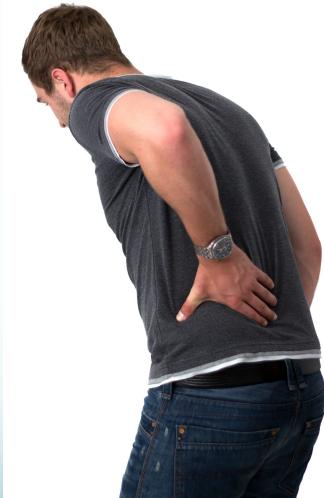
Local (Back, Shoulder, Flanks, Chest)
- Position: Best in standing
- Views: Posterior, Lateral, Anterior
- Normal curves and alignment
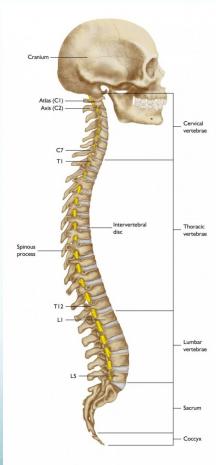
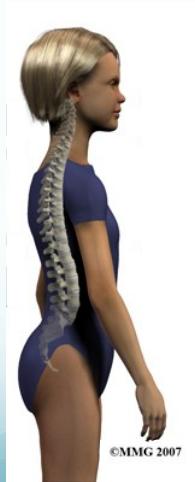
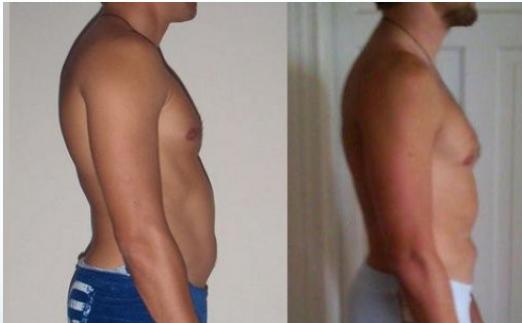
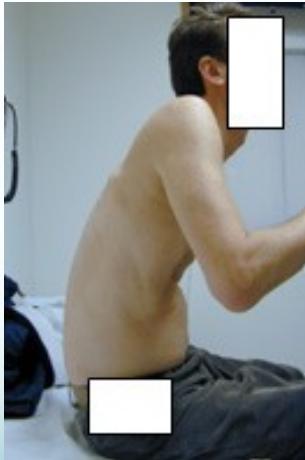
Major Deformity and Swelling Assessment
- Shoulder height
- Deformity
- Flanks
- Space between arm and trunk
- Masses
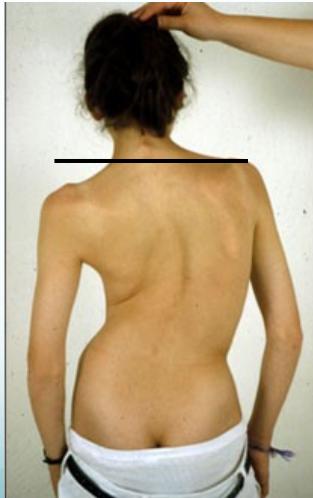
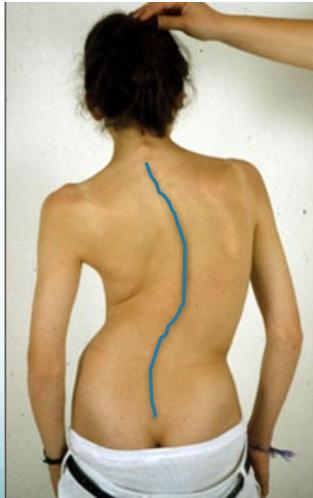
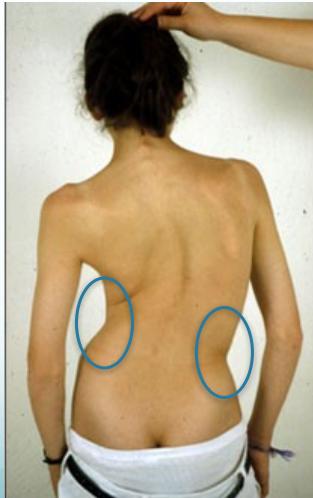
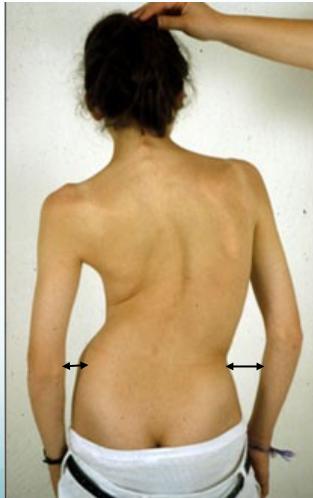

Extra Items
- Support (braces, walkers, etc.)
- Dressings

Anatomic Local Examination
Systematic Assessment
- Skin: swelling, scars, color, hair, dryness
- Subcutaneous: lymph nodes, veins, nerves, tendons
- Muscles: bulk, wasting, twitches
- Bones: landmarks, swelling, angulation, deformity
- Joints: position, swelling, redness
Important: Do not forget the Anterior aspect!
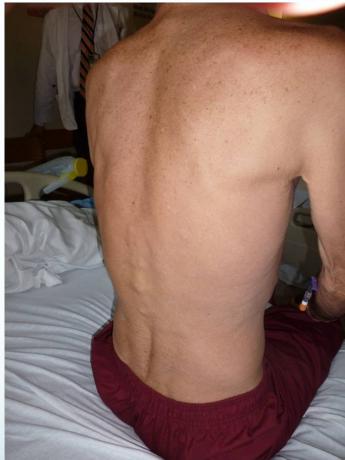


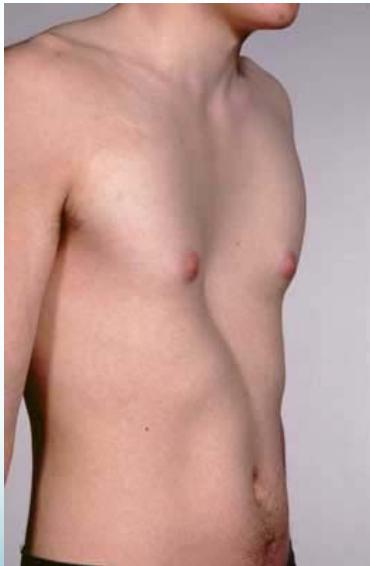 pectus exc
pectus exc
Proper Exposure

Comprehensive Look Assessment
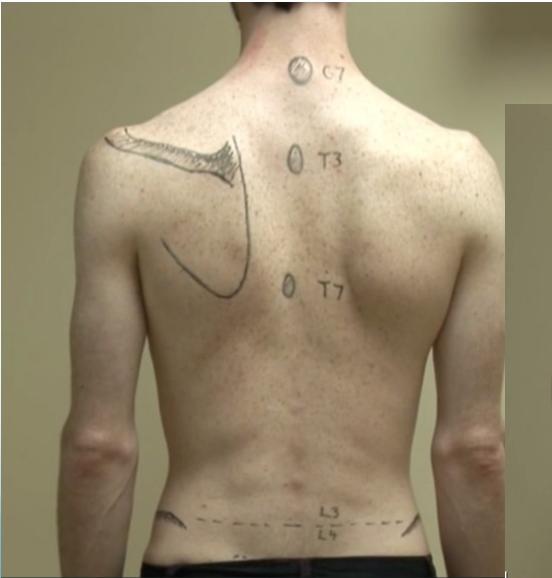
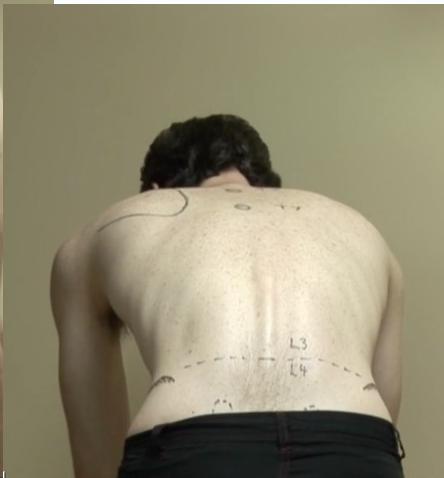
Feel
Tenderness Assessment
- Generalized: to start with
- Specific:
- Spinous processes
- Sacroiliac joints
- Paravertebral muscles
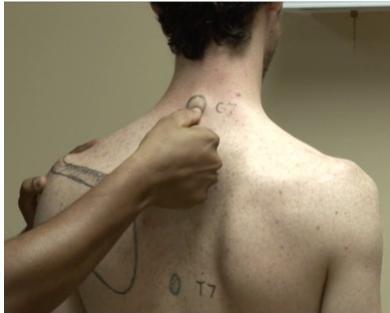
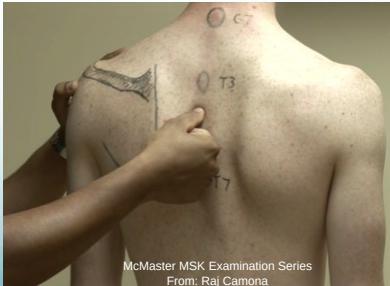
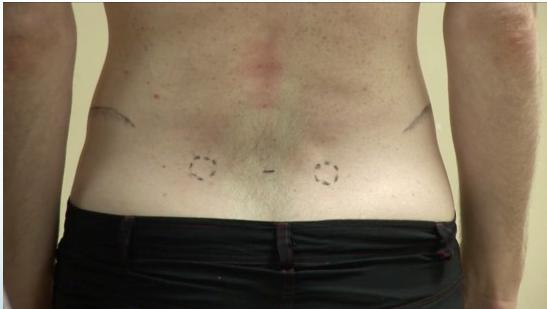

Temperature Assessment
- Compare distal/proximal
- Compare right/left
Anatomic Assessment
- Skin: dryness, scars
- Subcutaneous: nodules
- Muscles (Paravertebral): spasm, bulk, tenderness
- Bones: landmarks (spinous processes, iliac crest, coccyx) tenderness, mass
- Joints: sacroiliac tenderness
Move
General Motion Assessment
- Change of shape/deformity during motion
- Smoothness of motion
- Extent (Range): reach more than just angles!
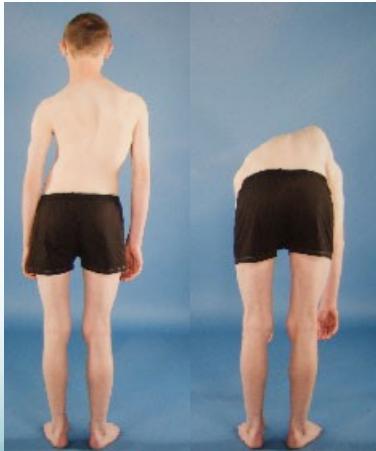
Specific Movements
Flexion and Extension
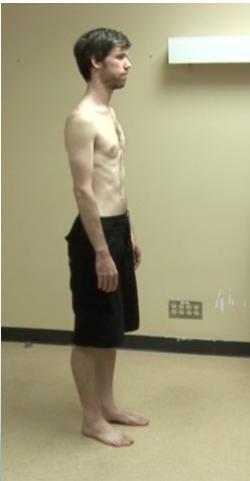
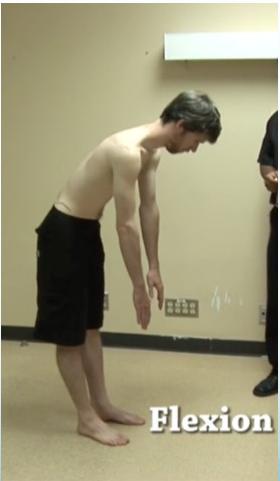
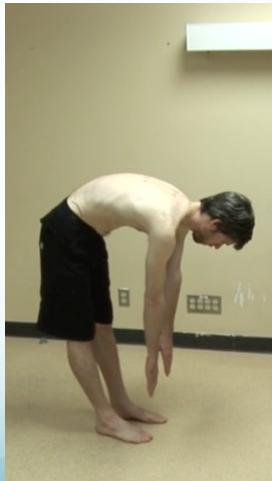
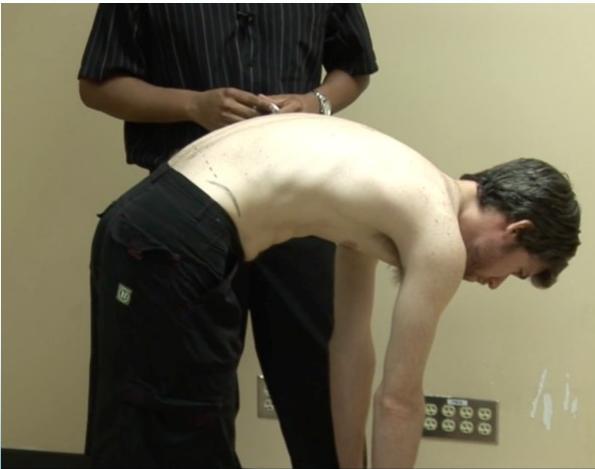


Sideway Bending (Lateral Flexion)

Rotation
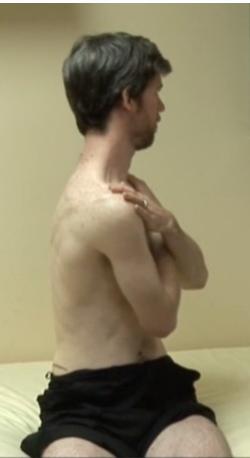
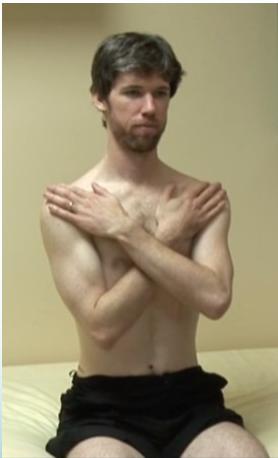
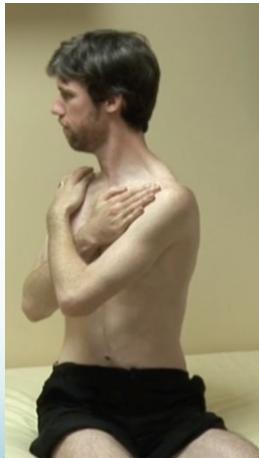
Important: Help patient understand rotation movements!
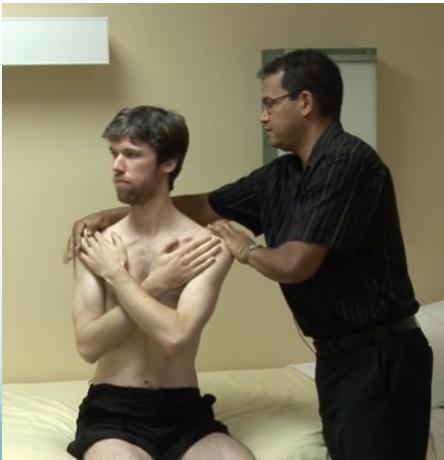
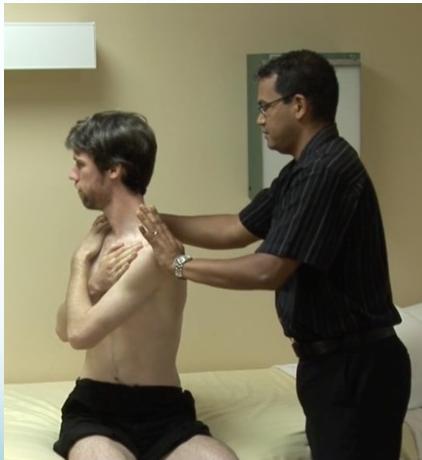
Special Tests
Structural Assessment Tests
Adam’s Forward Test
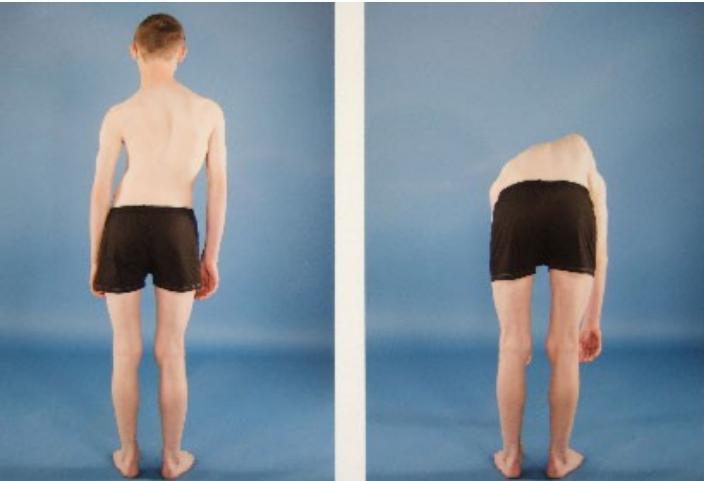
Sacroiliac Joint Stress Test (FABER Patrick Test)
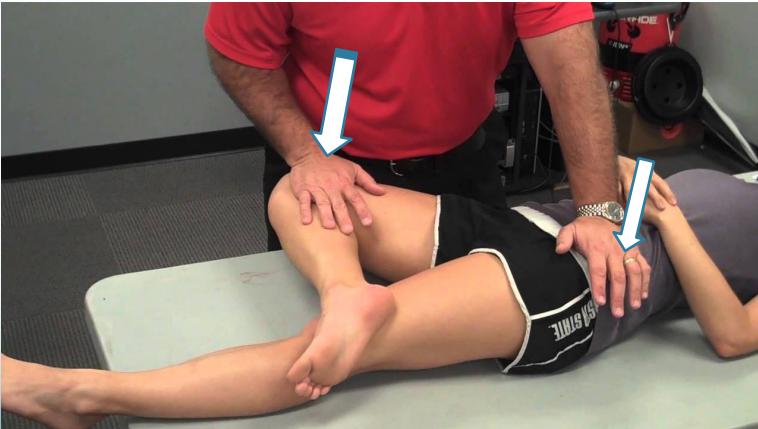
Neurological Tests
Straight Leg Raise (SLR) Test and Lasègue Test
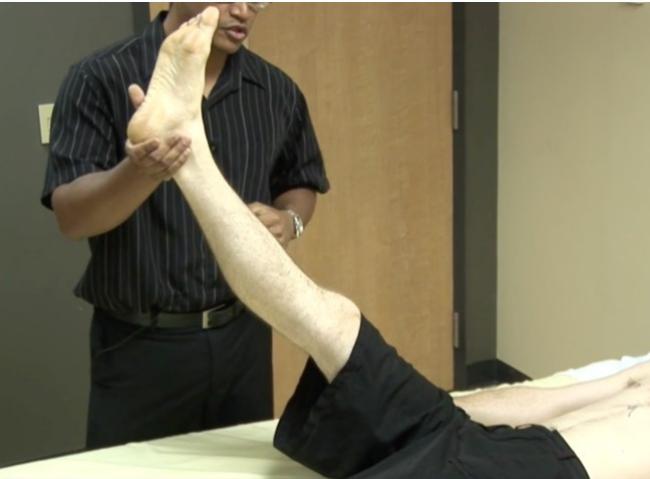
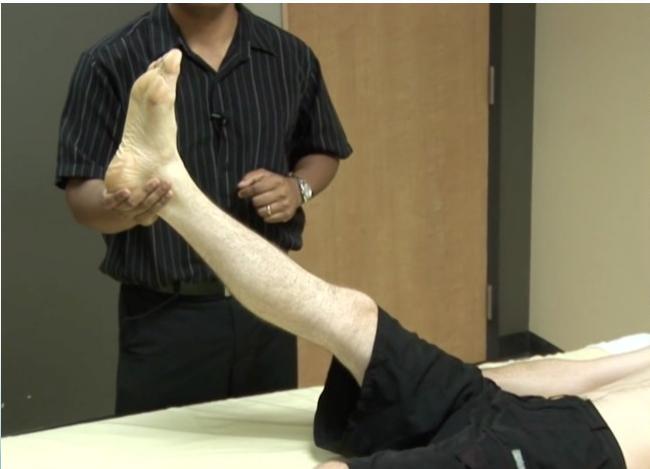
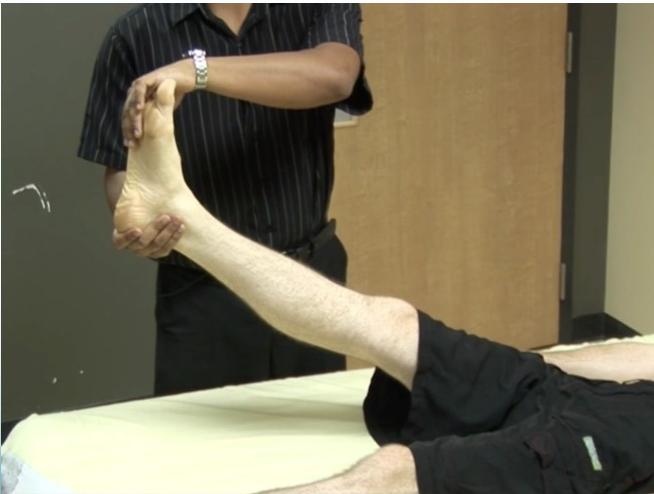
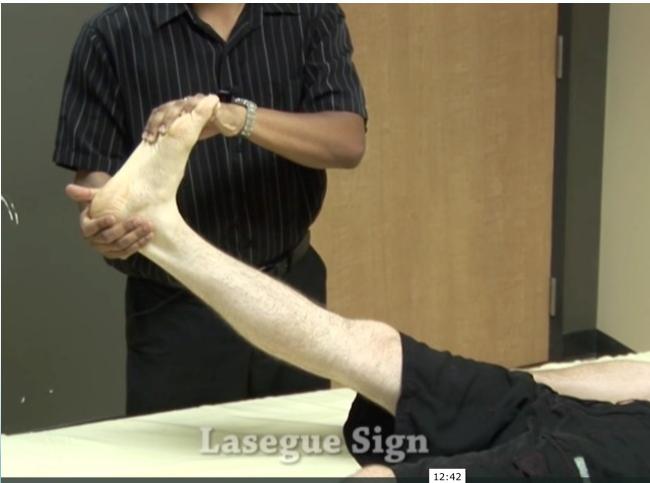
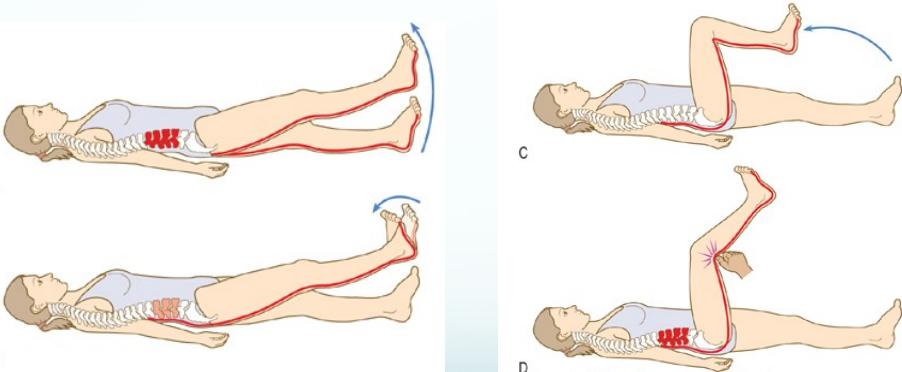
Femoral Stretch Test
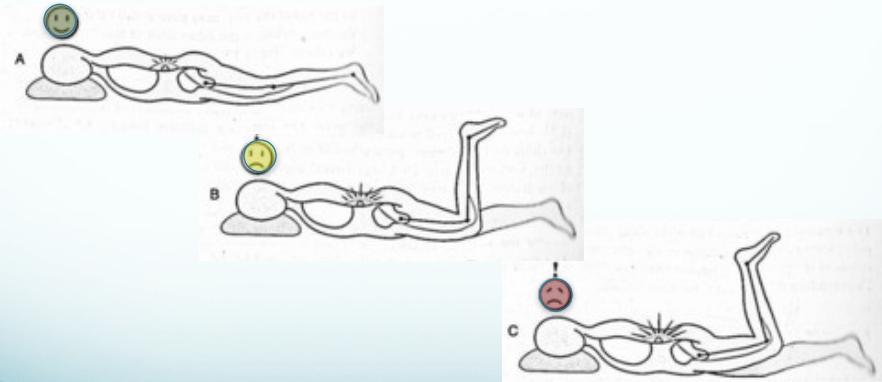
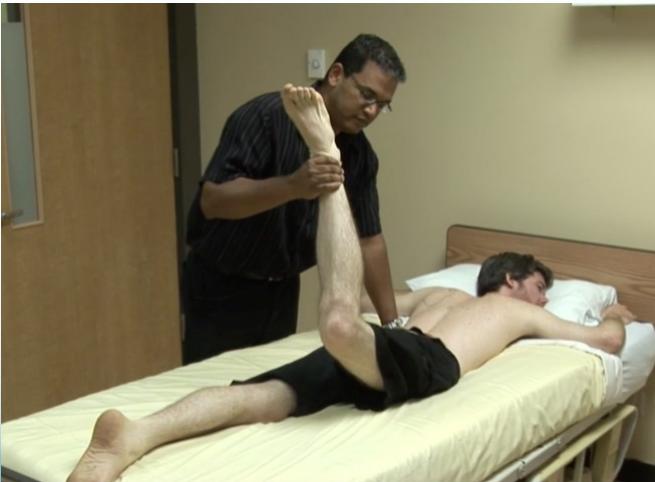
Neurological Lower Limb Examination
Dermatomes
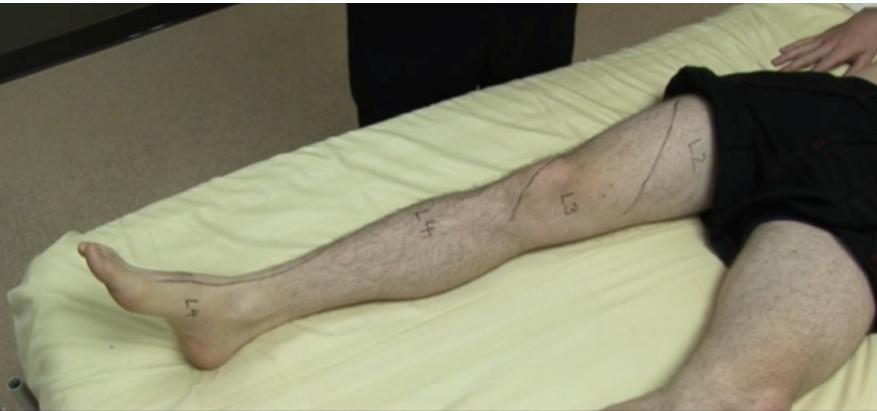
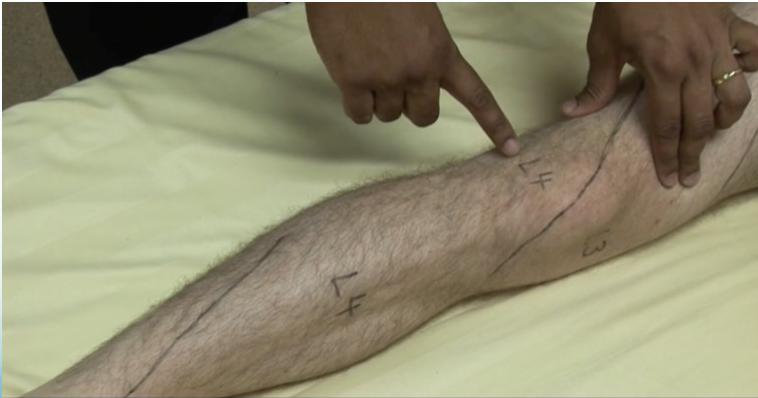

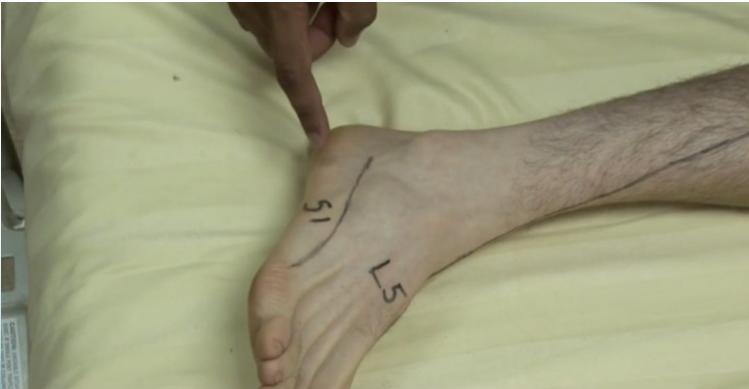
Myotomes
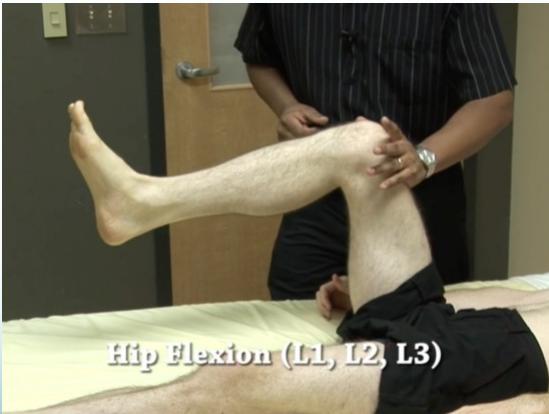
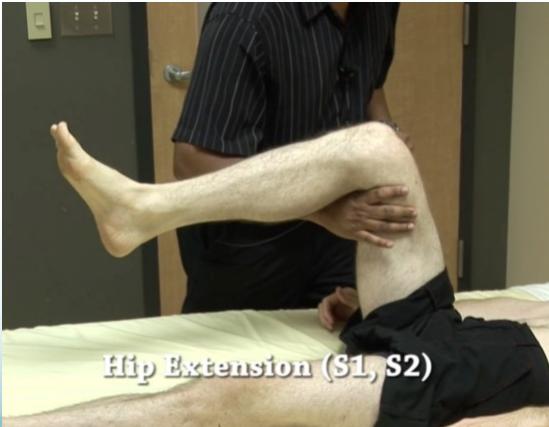
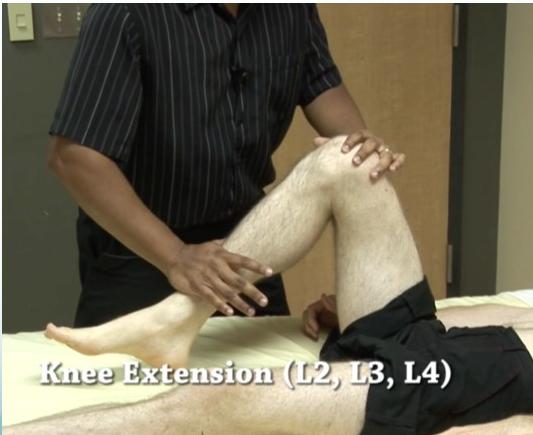
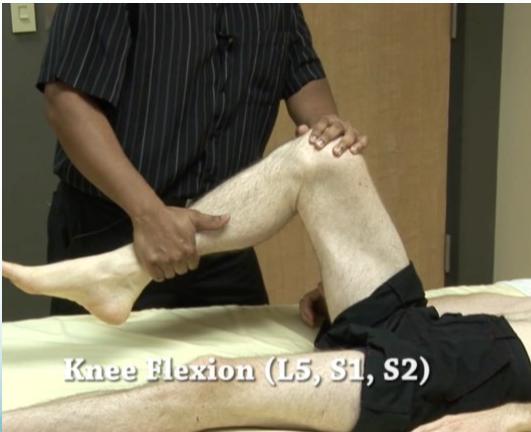
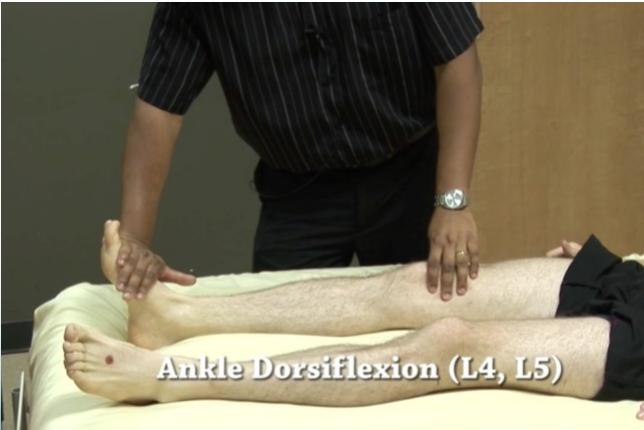
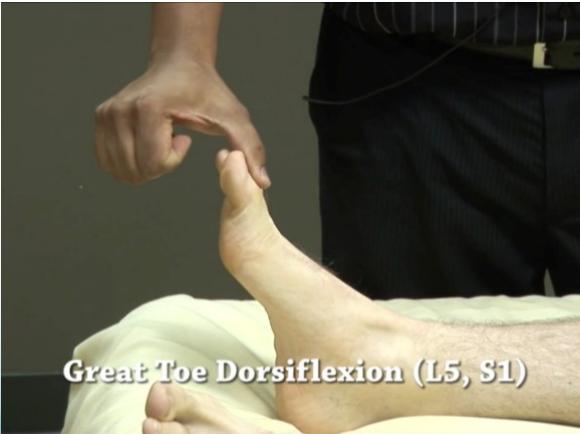
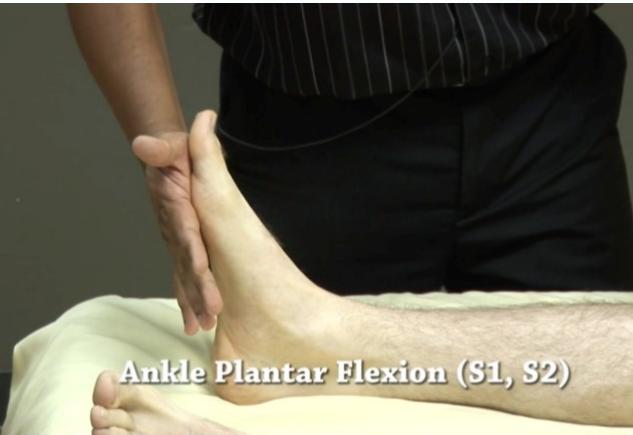
Reflexes
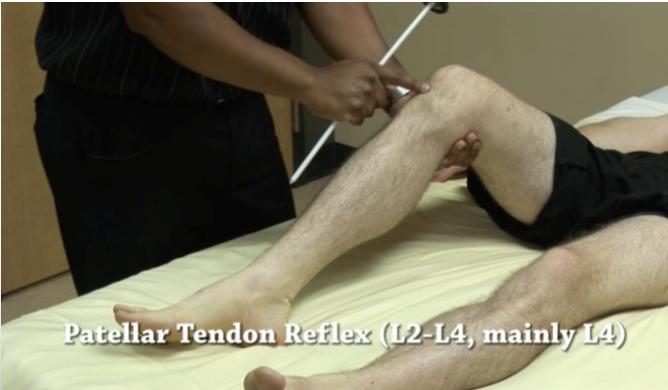

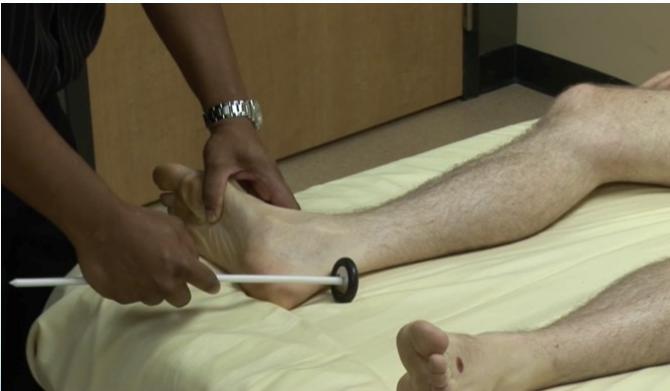
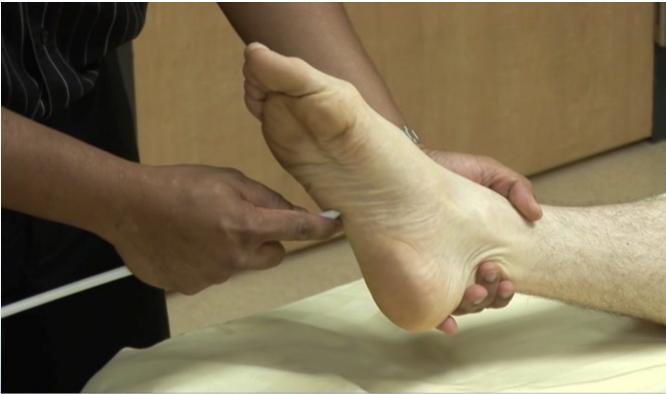
Functional Assessment
Gait Assessment
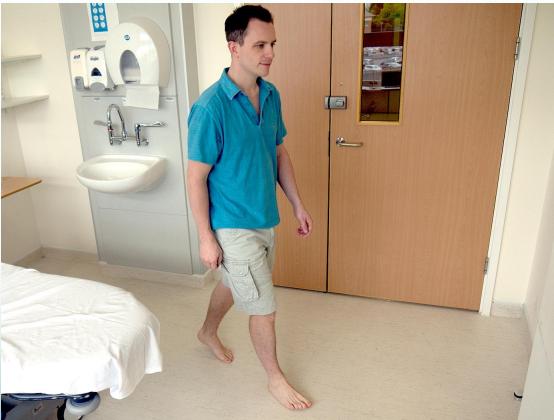
Standing and Sitting Assessment
- Smoothness of action
PR Examination
- Per rectal examination when indicated
Summary
Complete Examination Protocol
Examination of back & Neurological Lower Limbs:
-
Look:
- Back, side, front views
- General appearance and local anatomy
- Position and alignment
- Deformities and swellings
-
Feel:
- Tenderness assessment
- Temperature comparison
- Anatomic structures
-
Move:
- Flexion/Extension
- Lateral flexion
- Rotation
-
Special tests:
- Adam’s forward test
- Sacroiliac joint tests
- SLR test (Lasègue test)
- Femoral stretch test
- Neurological LL:
- Dermatomes / Myotomes / Reflexes
- Gait assessment
- Standing / sitting assessment
- PR examination when indicated
Video Resources
McMaster MSK Examination Series
- From: Raj Camona
- Link: https://vimeo.com/36295624
Spine Examination – OSCE Guide
- By: Lewis Potter
- Link: http://geekymedics.com/spine-examination/
Additional Assessment Tools
Scoliosis Screening
Frontal Assessment
With child standing and facing you:
- Is one shoulder higher than the other?
- Is one arm farther away from the body?
- Are the hips level?
Normal:
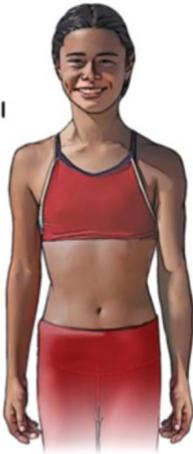
Abnormal:
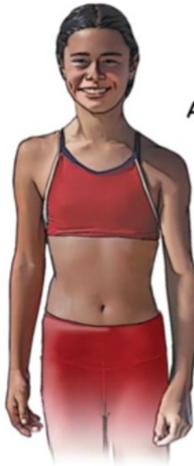
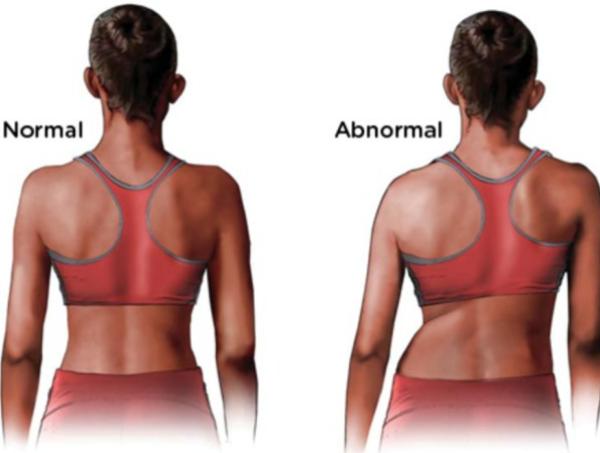
Posterior Assessment
With child standing and facing away from you:
- Is one shoulder higher than the other?
- Is one shoulder blade higher than the other?
- Do the hips look uneven?
Normal:
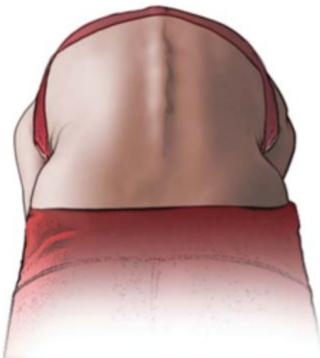
Abnormal:
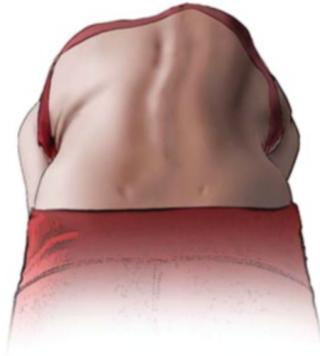
Forward Bending Assessment
With child bending away from you:
- Is one side of the rib cage higher than the other?
- Is the lower back uneven?
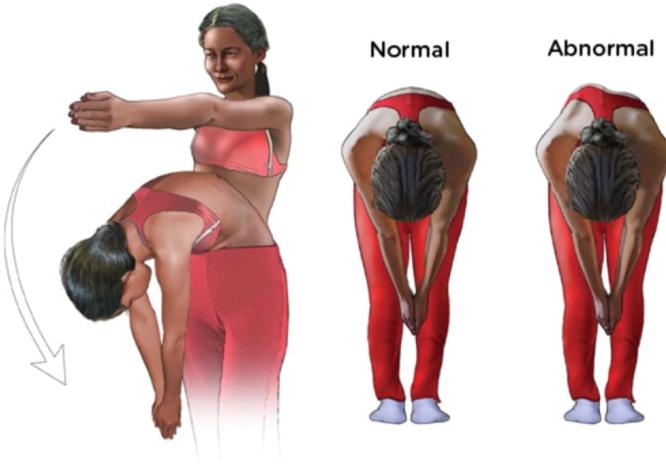
With child bending toward you:
- Is one side of the rib cage higher than the other?
- Is the lower back uneven?
- Are the hips level?
